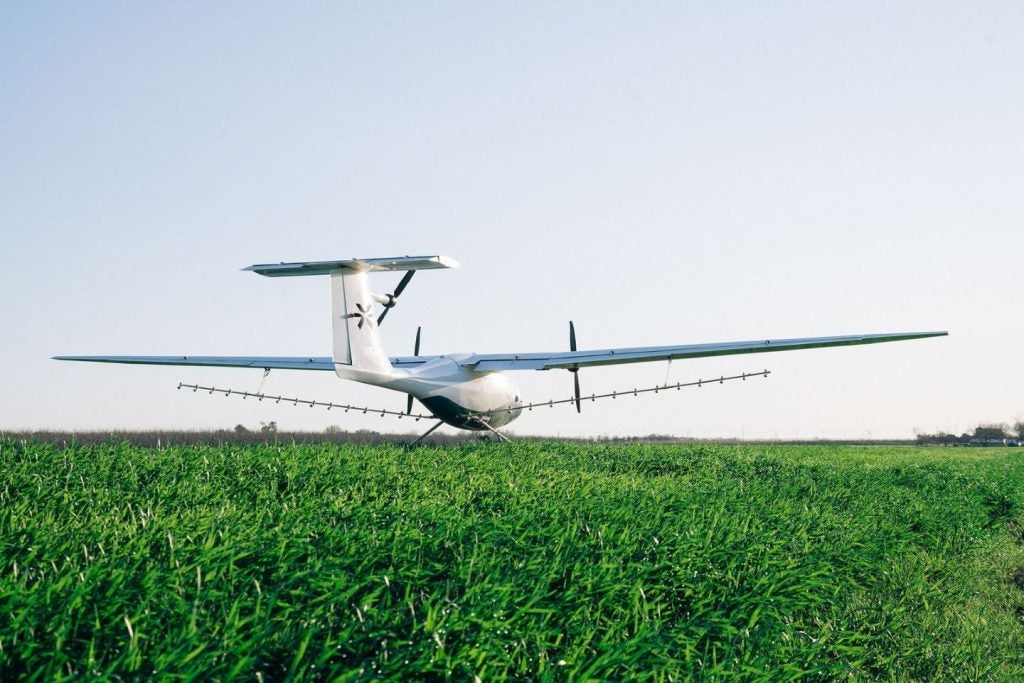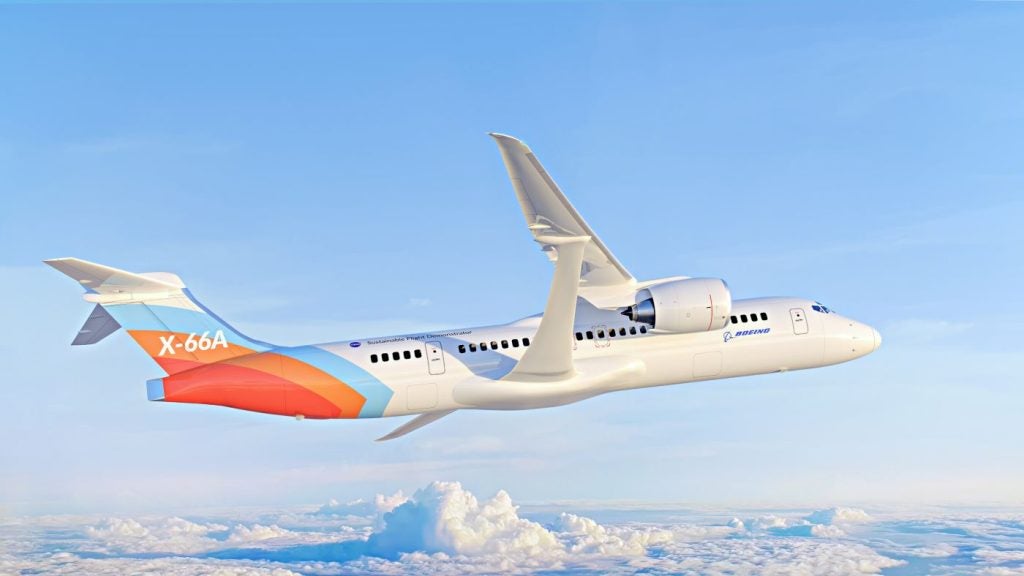
Information technology firm SITA has secured the Oceanic Data Link (ODL) contract from the Federal Aviation Administration (FAA) to deliver its Future Air Navigation System (FANS-1/A)-based datalink solutions.
These solutions will oversee air traffic across the US’ oceanic airspace, facilitating real-time communication between pilots and air traffic controllers (ATC).
In contrast with older datalink solutions, air traffic controllers at the FAA’s bases in Anchorage, New York and Oakland will now be able to send up to 1,200 messages per hour, which will speed communication with aircraft.
This is said to provide more ‘optimal’ routings for aeroplanes and enable controllers to spot conflicts between aircraft.
Pilots and air traffic controllers, via SITA’s Automatic-Dependent Surveillance-Contract (ADS-C) and Controller-Pilot Data Link Communication (CPDLC) managed services, can use standardised digital text messages that appear on an aeroplane’s control display unit to communicate directly.
Sent using SITA’s ATC Datalink Service, these text messages offer aircraft position, route, requests and guidance for routing, speed and altitude variations, along with weather and traffic advisories.
Pilots, via SATCOM and VHF Digital Link (VDL) technology, will receive ATC instructions in real-time while air traffic controllers will have the information regarding the location of the aircraft.
In a statement, SITA said: “As a result, air traffic control can reduce the separation between planes and deliver greater airspace capacity in the future. This separation also allows more aircraft equipped with datalink technology benefit from favourable metrological conditions such as jet streams, using the FAA’s Organised Tracking Solution.”
Additionally, this can help airlines to save fuel, supporting them to reach operational and environmental efficiencies in the future.
Covering 62.4 million square kilometres of airspace, this oceanic airspace connects the US to Europe and Asia.
In August, SITA teamed up with Siemens to deliver scalable technologies to the Kansas City Aviation Department, US, for Kansas City International Airport’s new terminal project.





